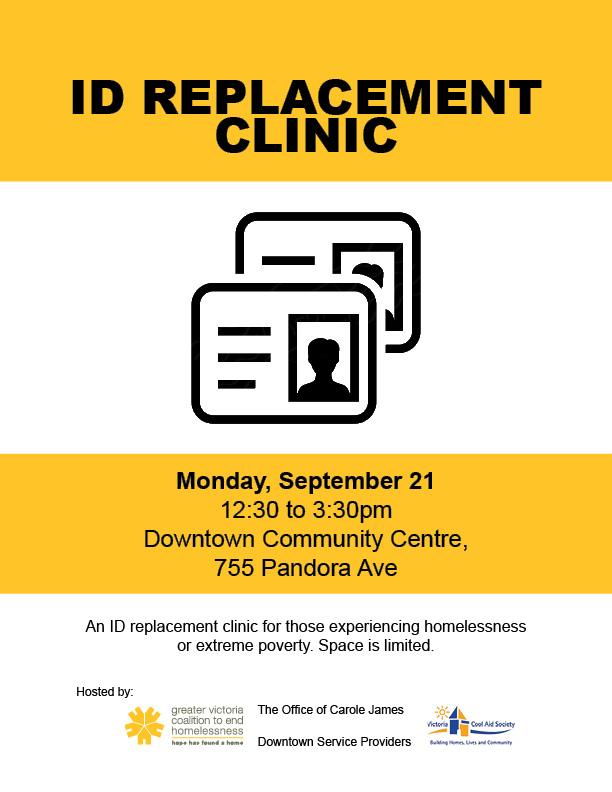Last week, we released our 2015 election guide, which uses non-partisan research to explore where the major Canadian political parties stand on affordable housing and homelessness. (Here’s some more information on how you can use it.)
Another very important part of the upcoming election is helping marginalized people – like those experiencing homelessness – navigate the voting system. This has become more crucial in the wake of major changes to the Fair Elections Act, including the removal of the voter information card as proof of residency. Lacking a fixed address and living in poverty often results in people lacking the identification and sometimes, the information needed to vote. Here’s a quick rundown of what is required to vote in the upcoming election and how we can help people experiencing homelessness participate.
Who can vote in Canadian federal elections?
Canadian citizens over 18 can vote. Unfortunately, this excludes many temporary workers, newcomers, refugees and people with permanent resident status.
Registration
Everyone must be registered to vote. This can be done on the Elections Canada website (people can also check their registration status there), by mail, in person at an Elections Canada office, or in person just before voting (though this makes the process longer).
Online registration requires a voter to have a driver’s license or provincial/territorial ID card. There are ways to register with other forms of ID: by mail, at an elections office (find out where your local one is), or in person at the polls.
Identification
Everyone is required to prove their identity and address when going to vote. The fastest way is to provide a driver’s license, a provincial/territorial card, or any piece of government identification that includes a photo and current address.
Given that people experiencing homelessness likely won’t have a current address – many don’t even have driver’s licenses – they will have to provide 2 pieces of other identification. Here is a full list of what will be accepted.
If a person cannot provide proof of current address, they can bring 2 pieces of identification that has their name on it, take an oath and have someone vouch for their address on voting day. That person must have identification with a current address and be registered in the same polling division.
What can be used as an address?
If a person is temporarily staying with friends or family, they can use that address as their current address.
If a person is staying in a shelter, they can use the address of the shelter as their current address.
For those living on the streets but receiving services from a shelter, soup kitchen or other organization, they can use that address as their current address.
In all of these scenarios, the person still needs documentation proving their identity and current address. If no current address is listed on any acceptable identification, they must either:
- have someone vouch for their address, or
- get a letter of confirmation of residence from a shelter or organization where they stay and/or receive services.
Dates & voting options
Election Day is Monday, October 19. To avoid rushing and/or long lines, people can also vote on advance polling days: October 9, 10, 11 and 12 (between noon and 8pm). Advance polling locations can be found on the voter information card received after registration.
People can vote at their local polling station, at Elections Canada 400 offices, or by mail. Voting by mail requires an application and a special voting kit, so if this option is selected, the person must apply by Tuesday, October 13. Voting by mail also requires making copies of a lot of documents, so it’s an unlikely option for people experiencing homelessness.
How you can help
- If you work in a shelter, community centre or other social service organization, set up a voting information workshop for people experiencing homelessness. Help them register to vote online (if possible), by mail and/or help them find identification that they can use at the polls. The Greater Victoria Coalition to End Homelessness hosted an ID Replacement Clinic for those experiencing homelessness or extreme poverty earlier this week, and have another one scheduled for September 29th.
- One important piece of I.D. that shelters/organizations providing services to people experiencing homelessness can provide is a letter of confirmation of residence. This can act as proof of a person’s address. With this letter, a person only needs one other piece of identification that has their name on it.
- Have volunteers offer to vouch for people who cannot get a letter and have no documentation of their “current address.”


